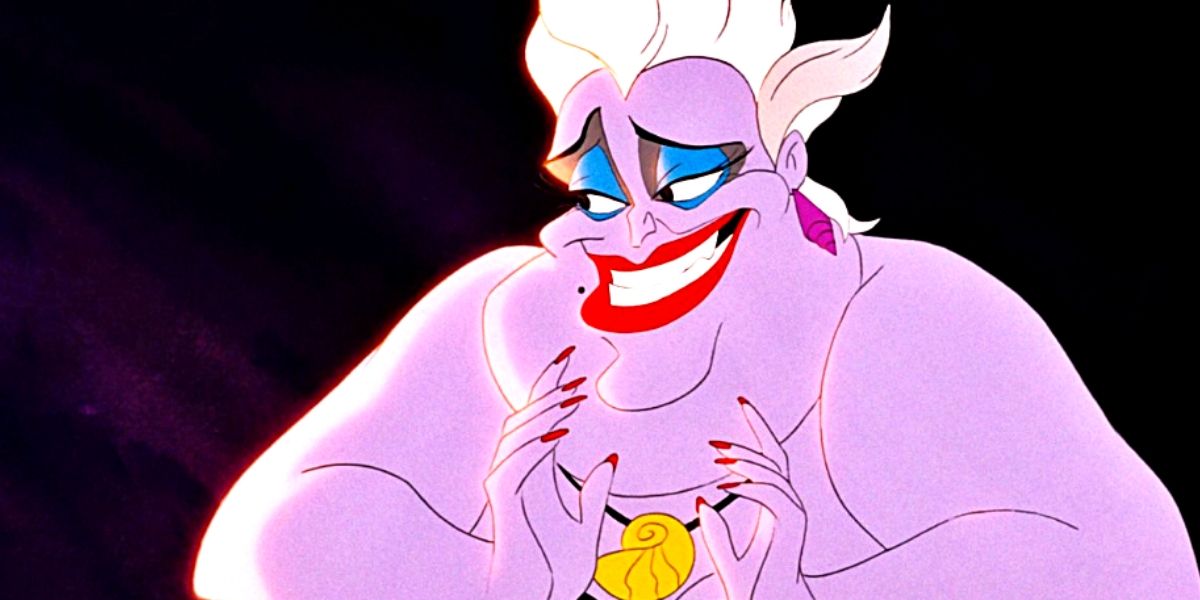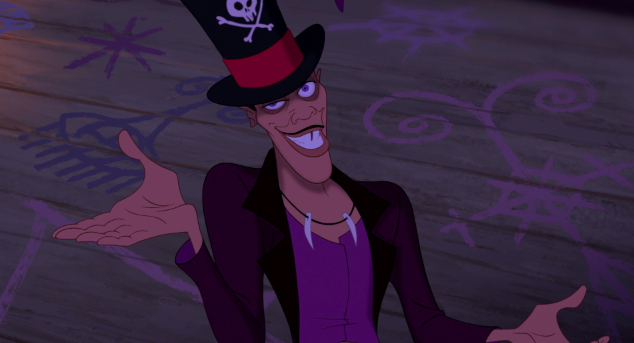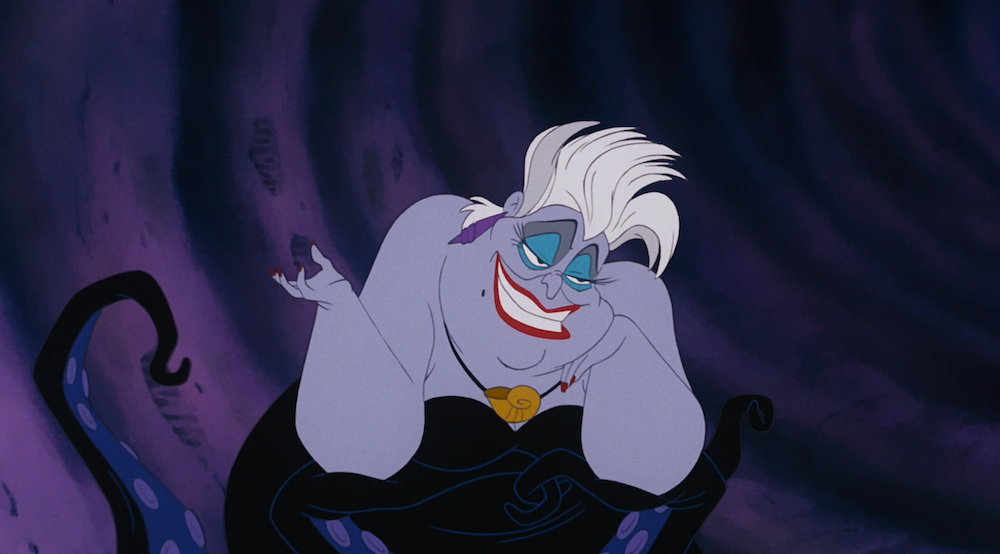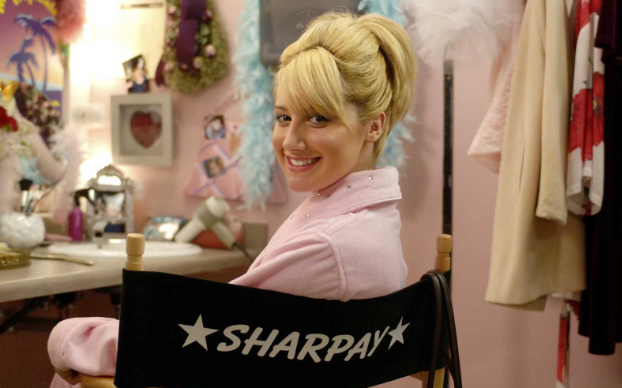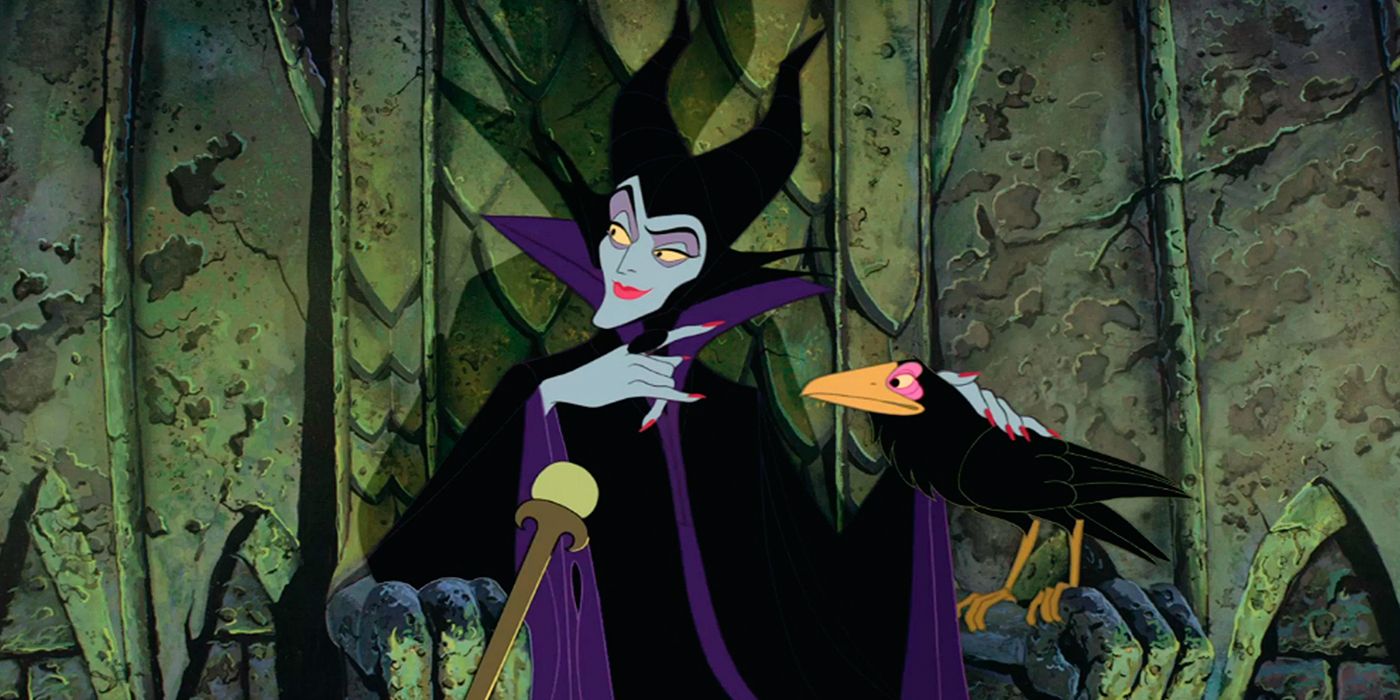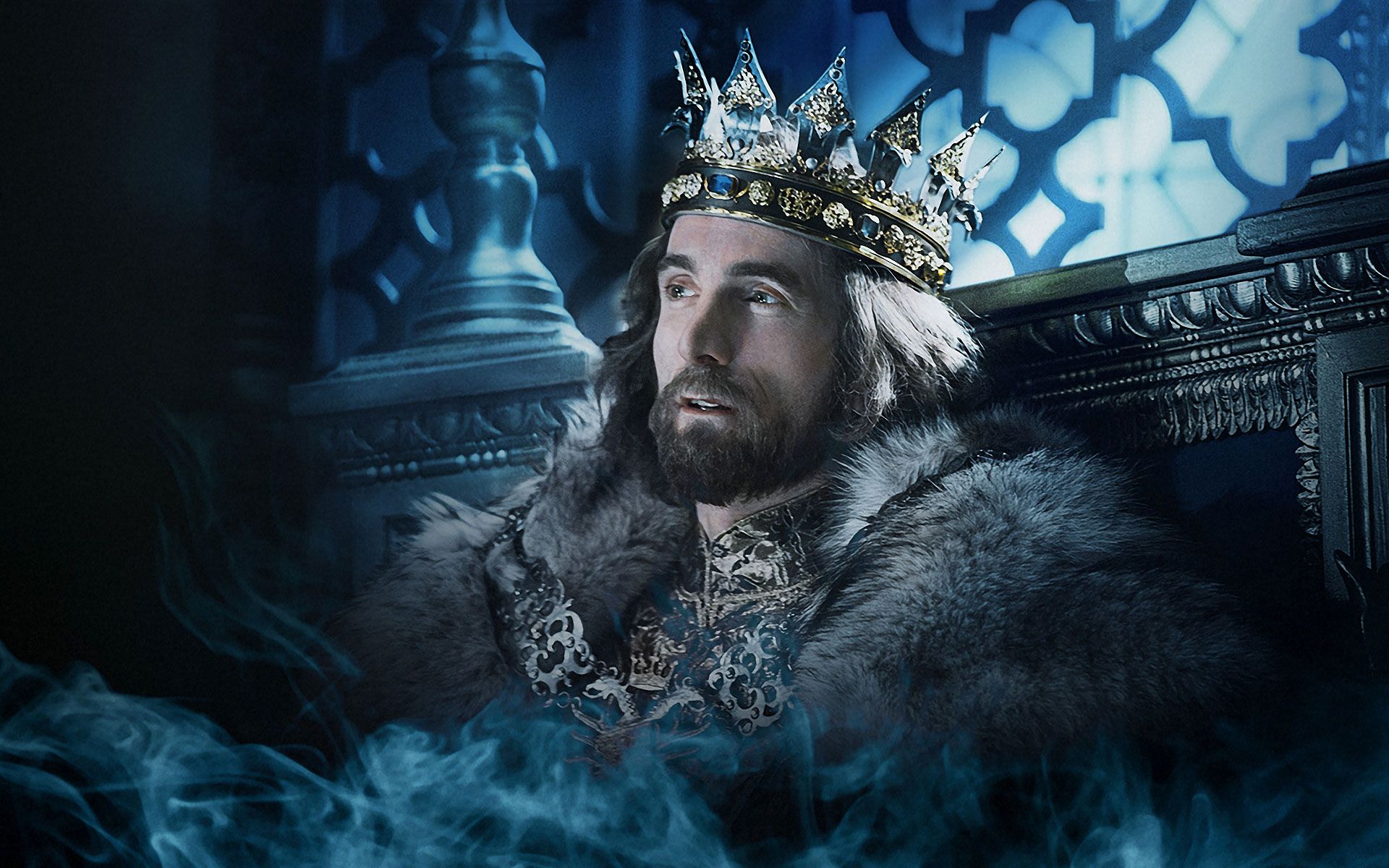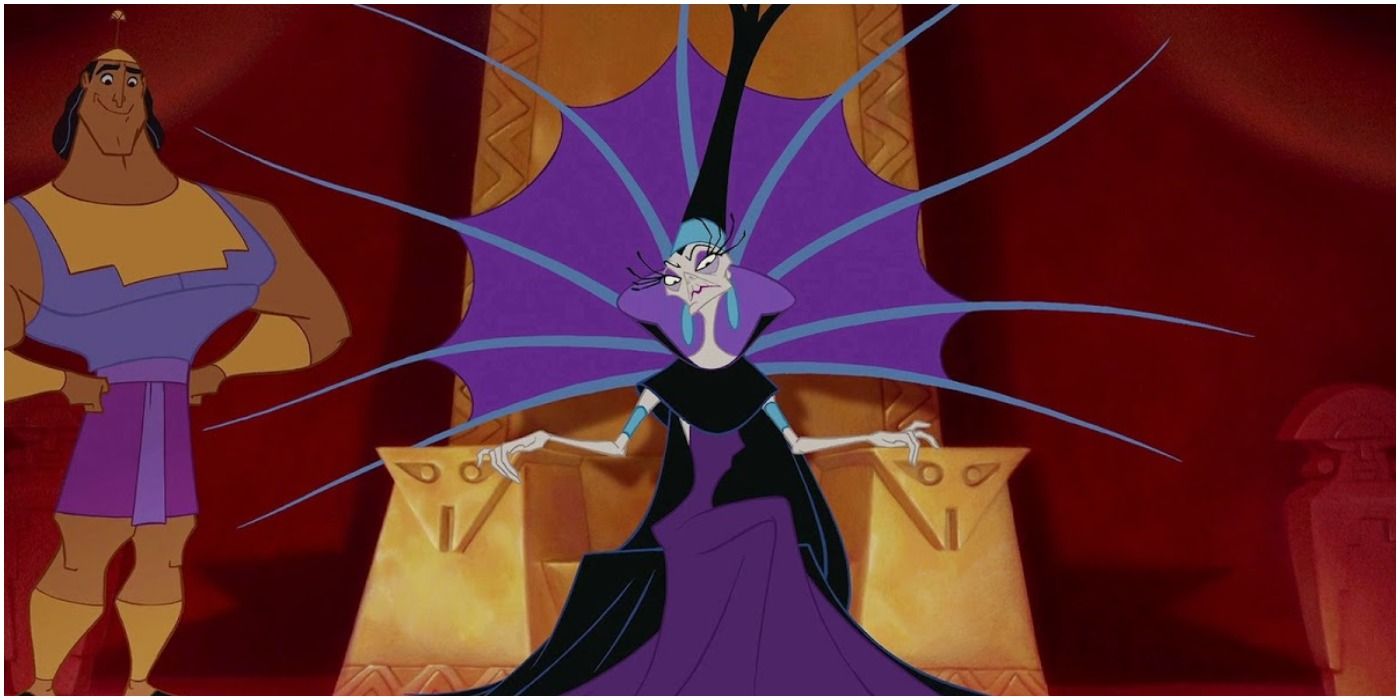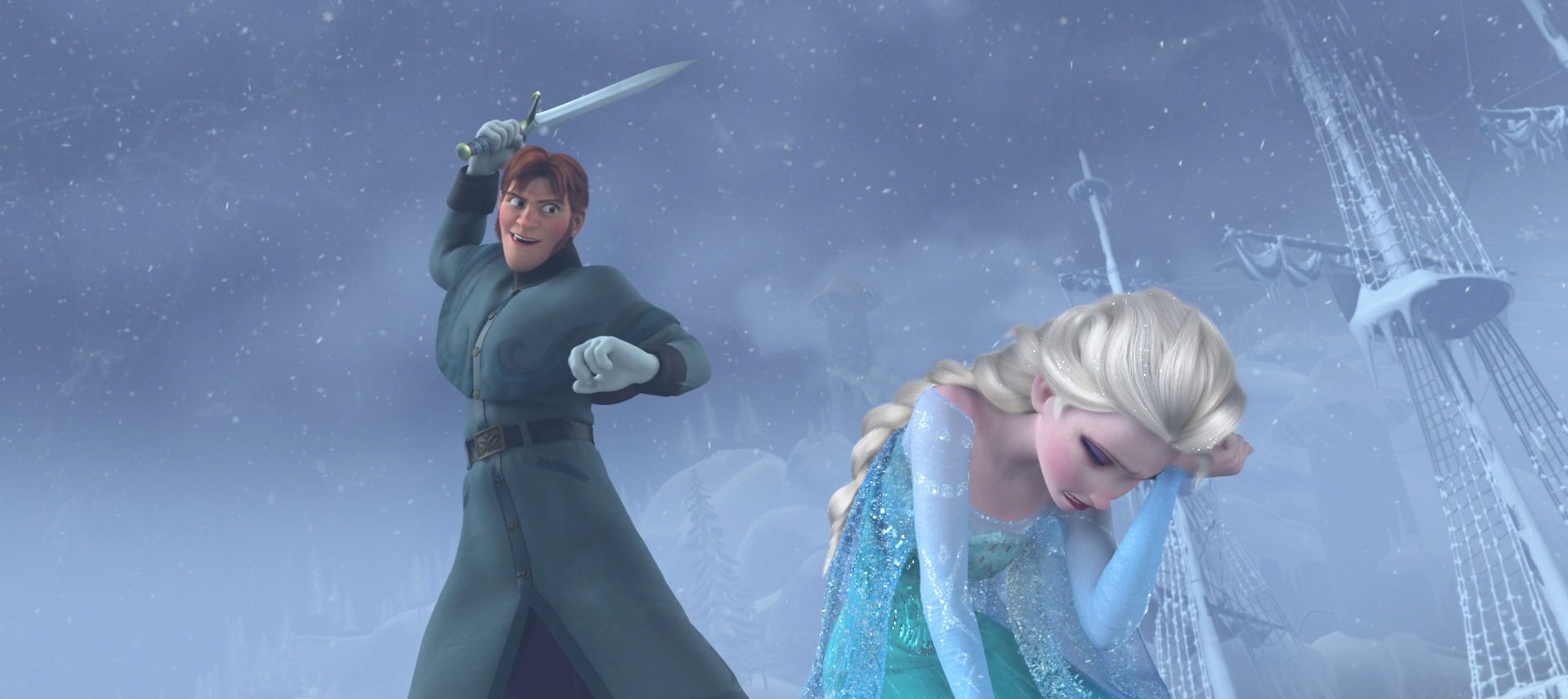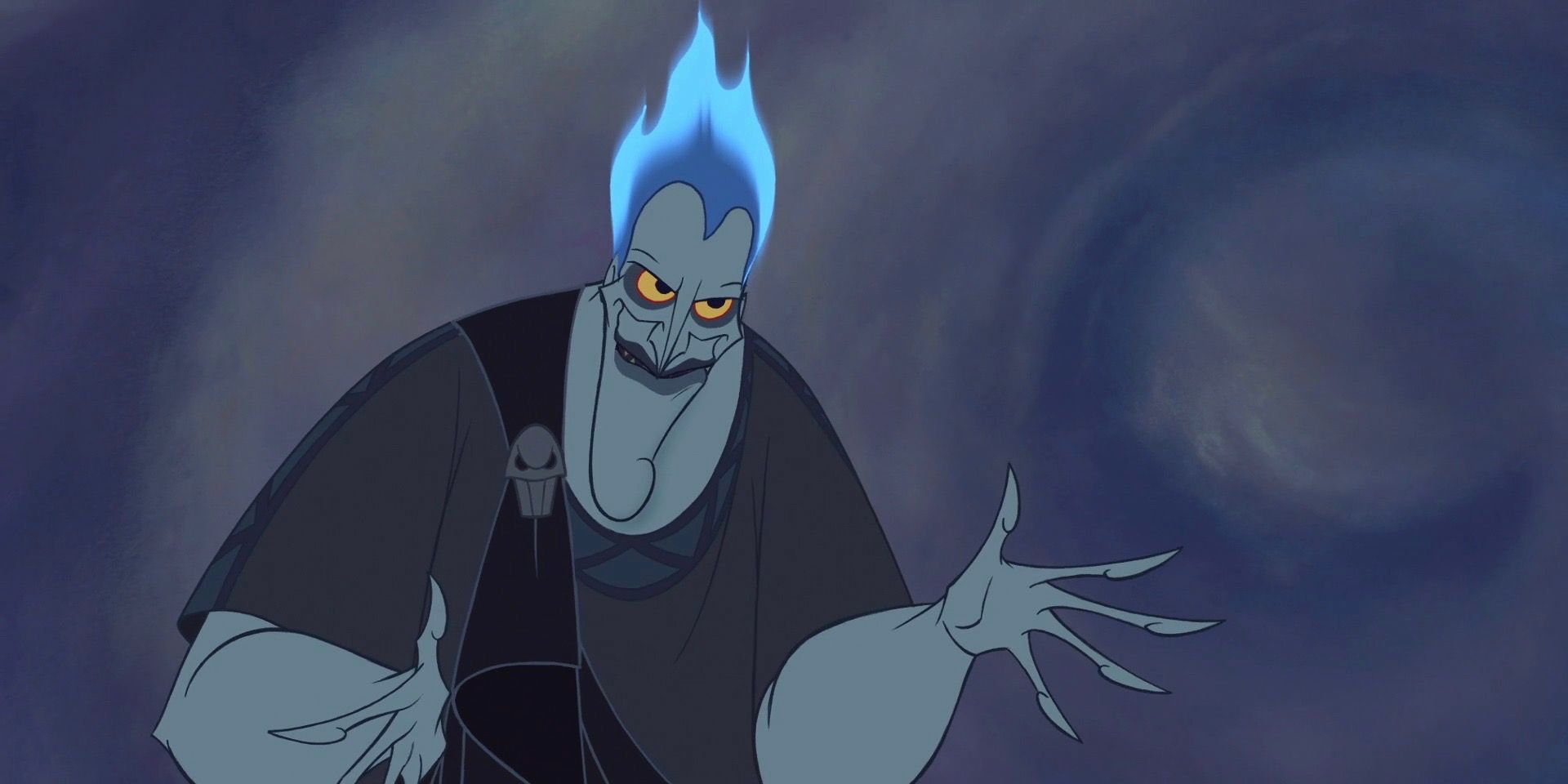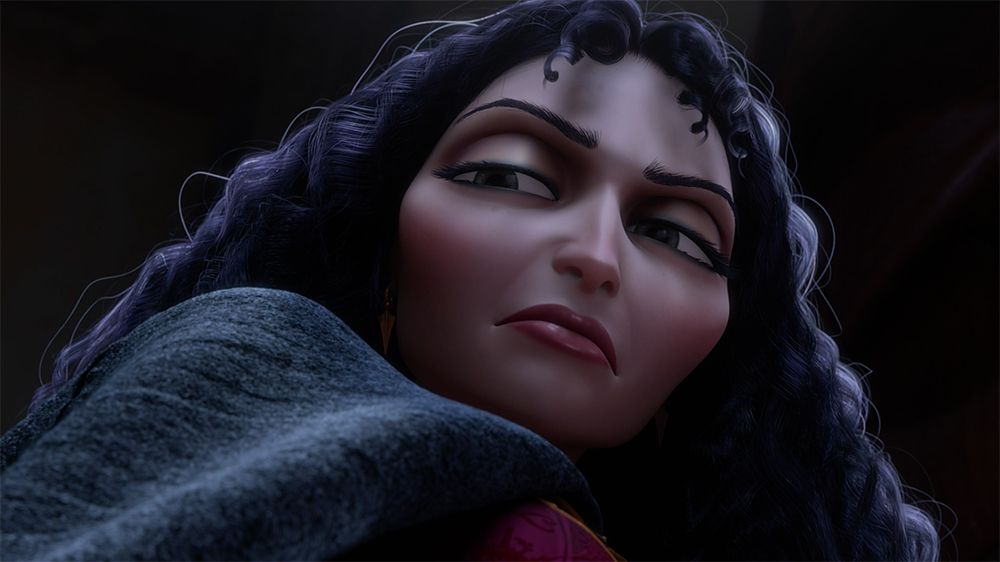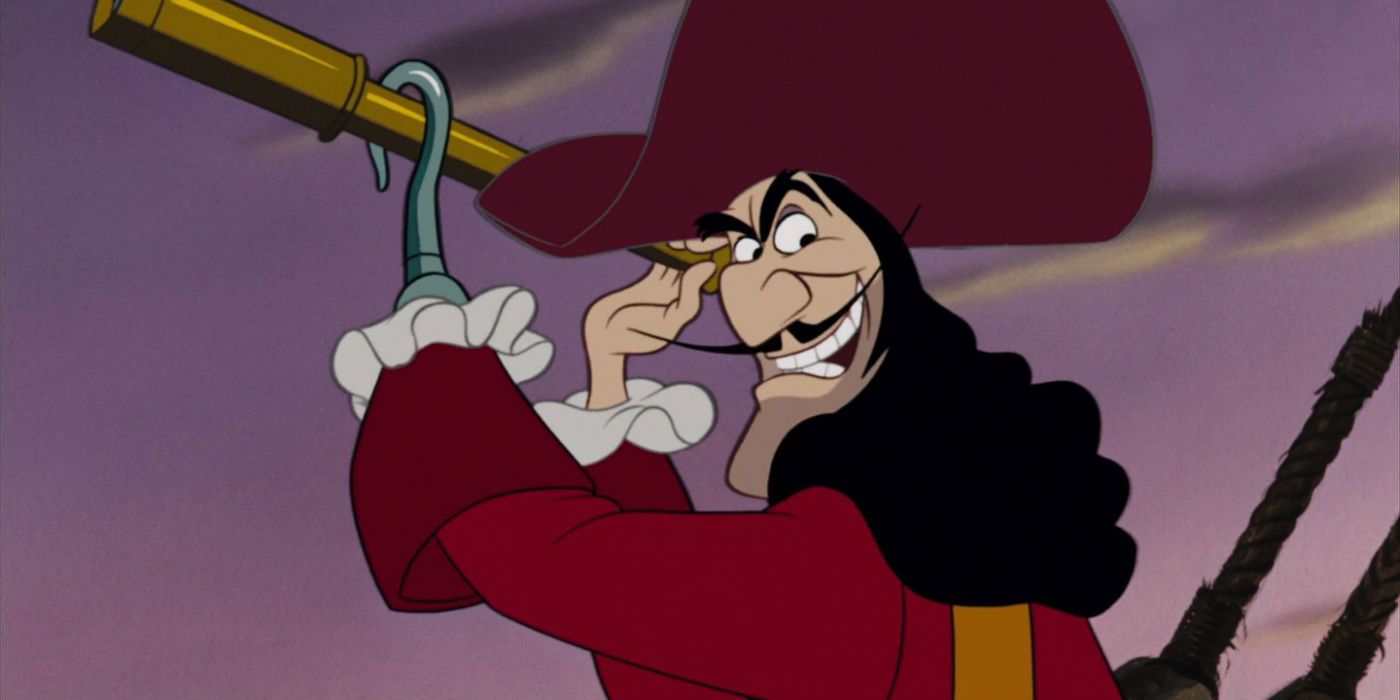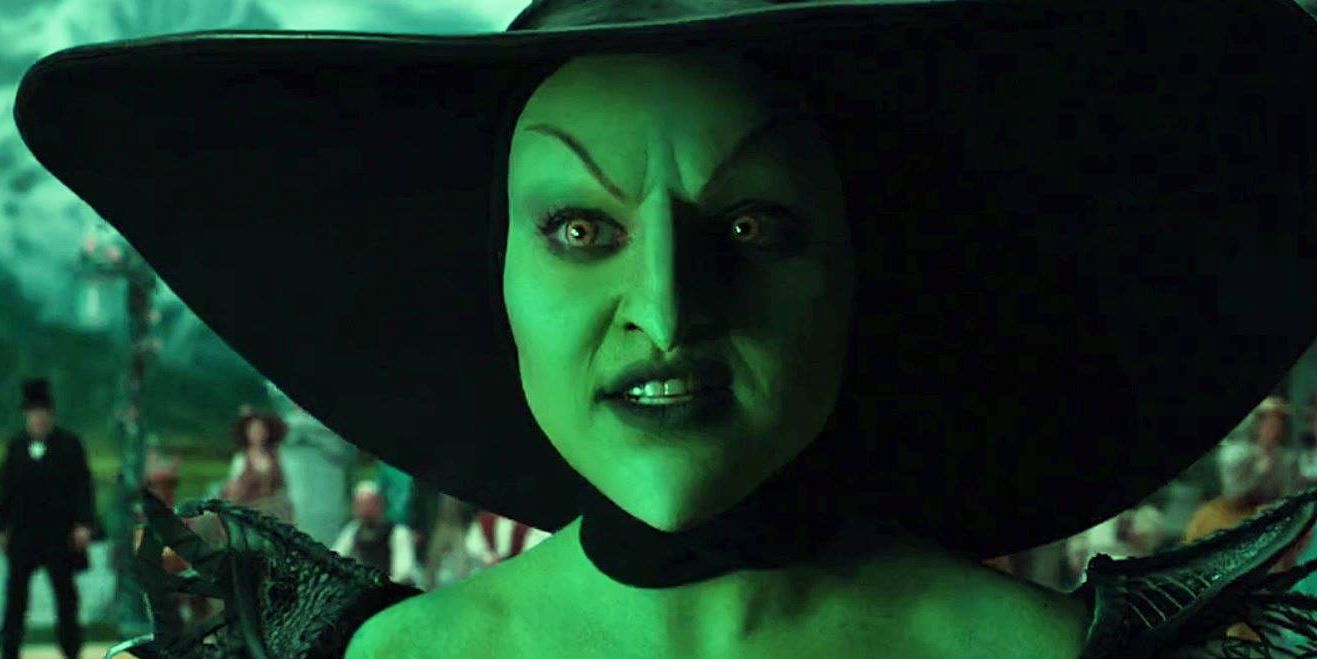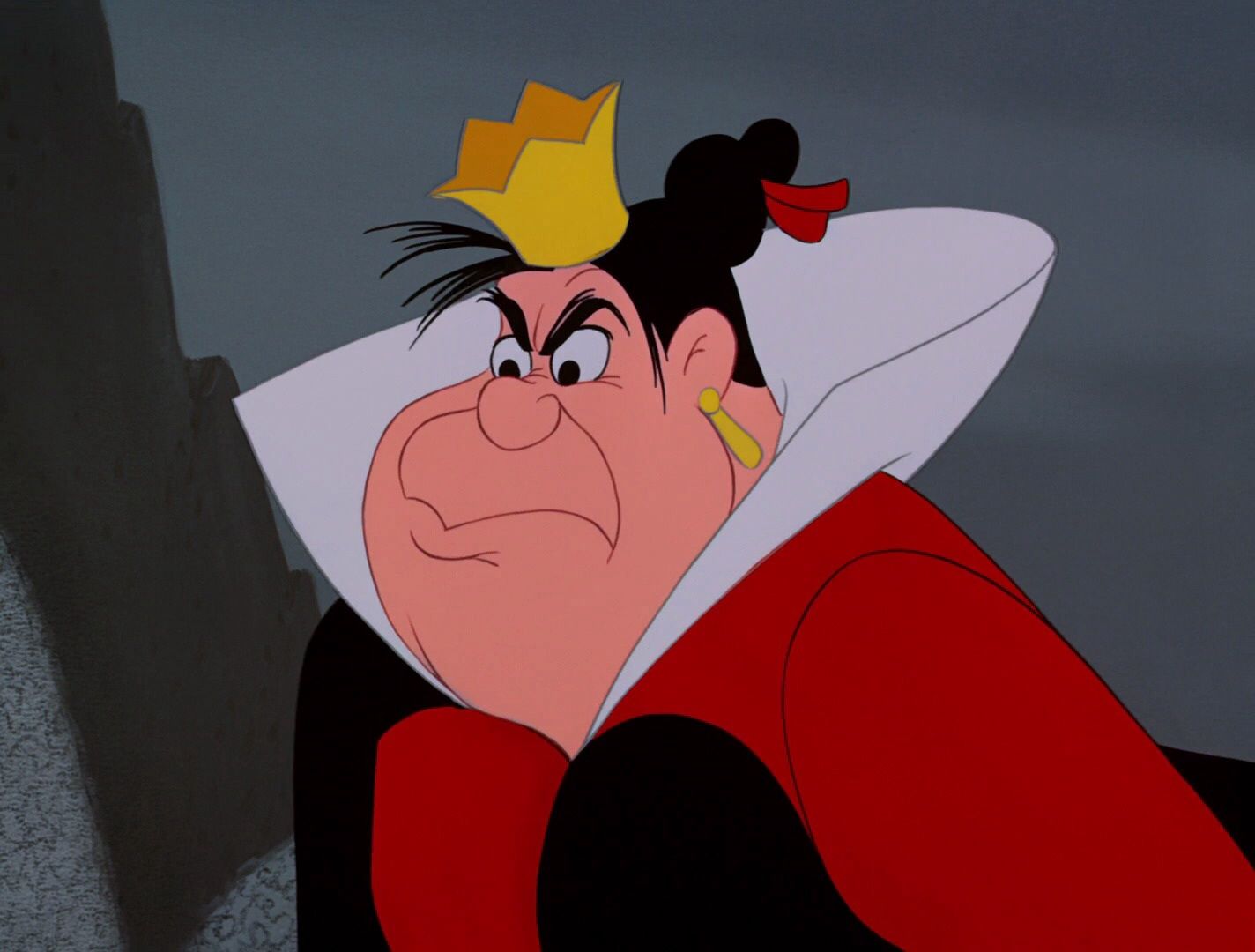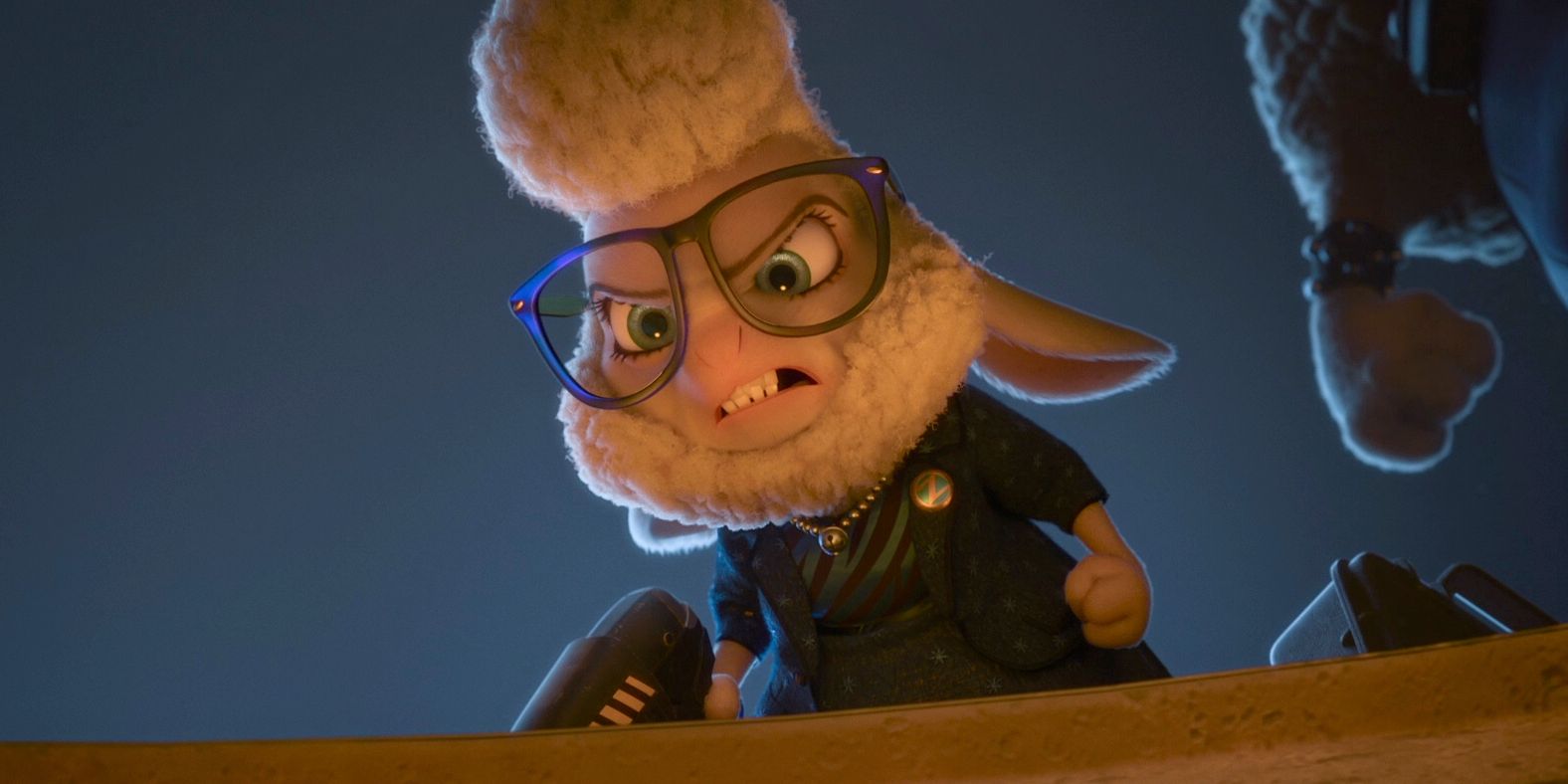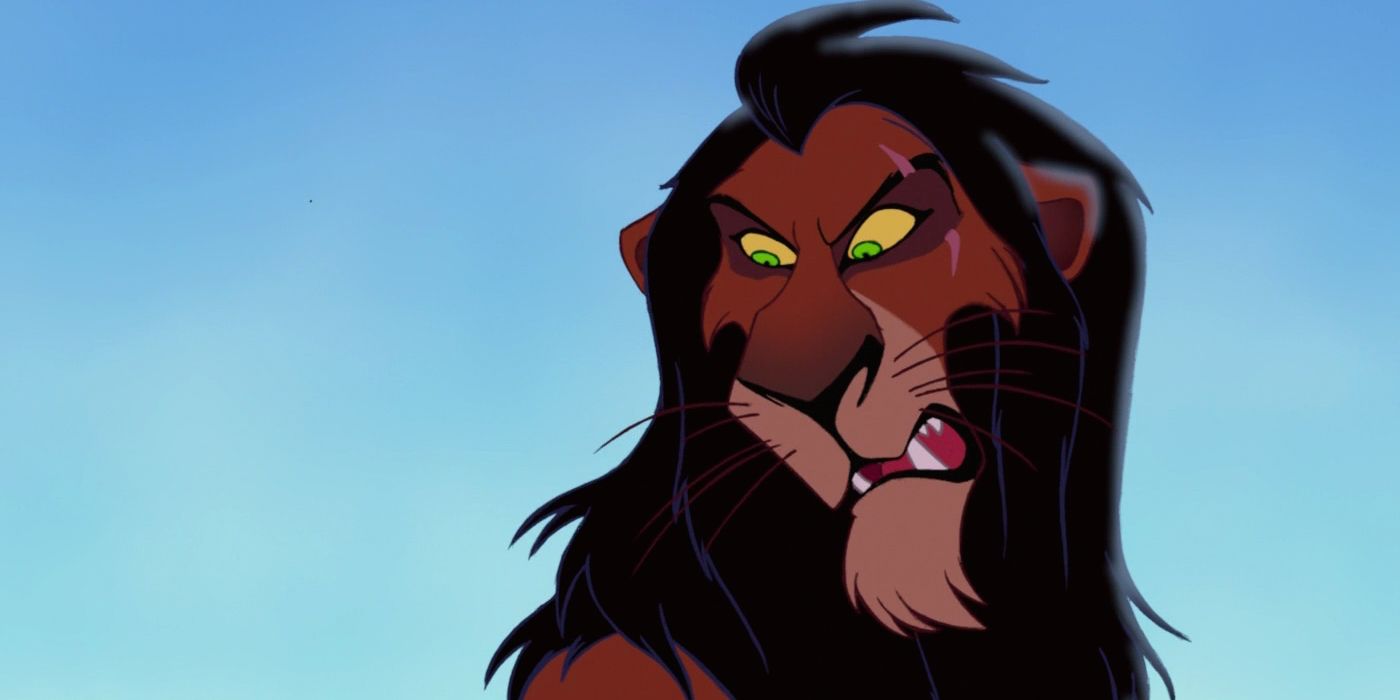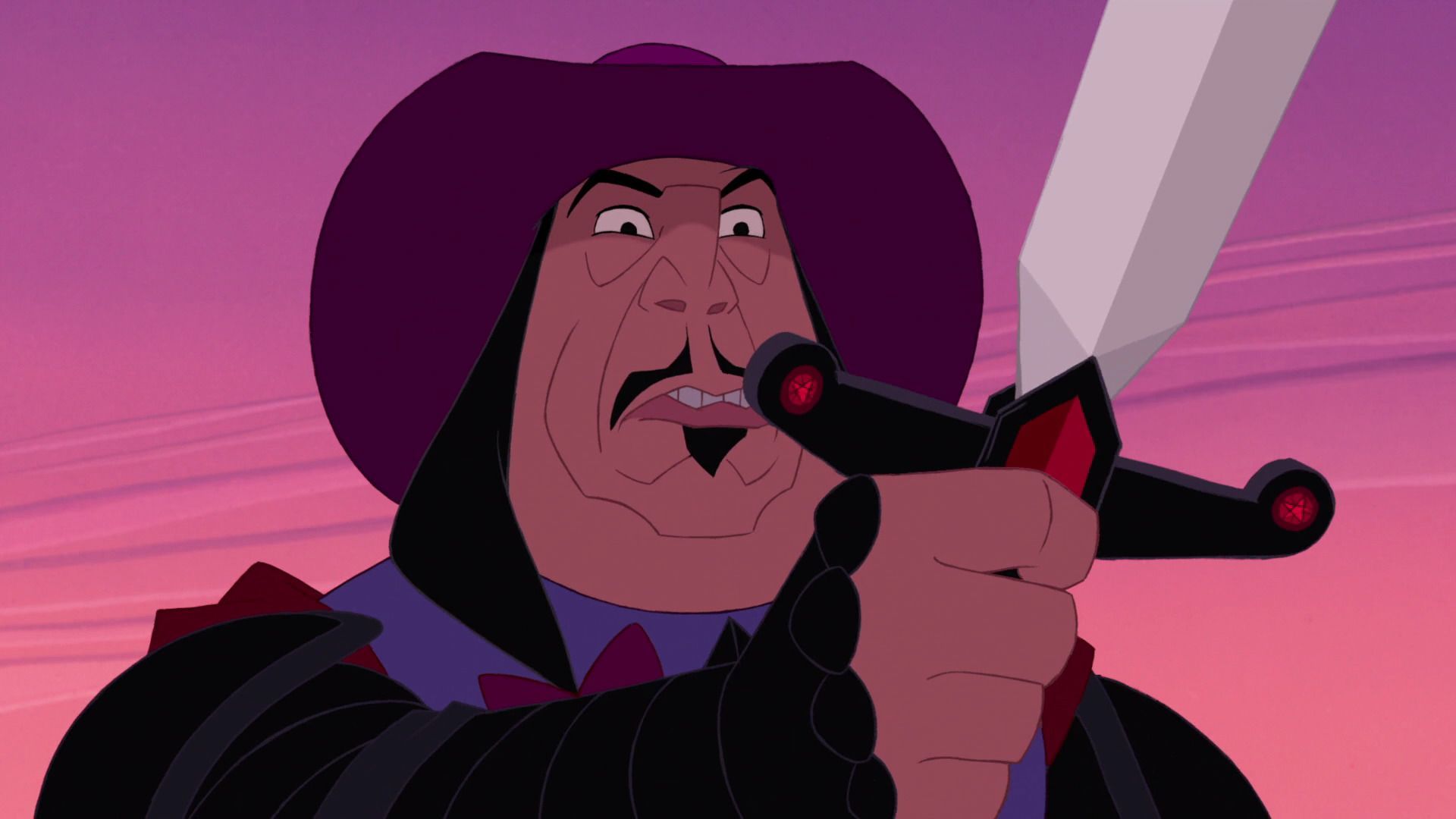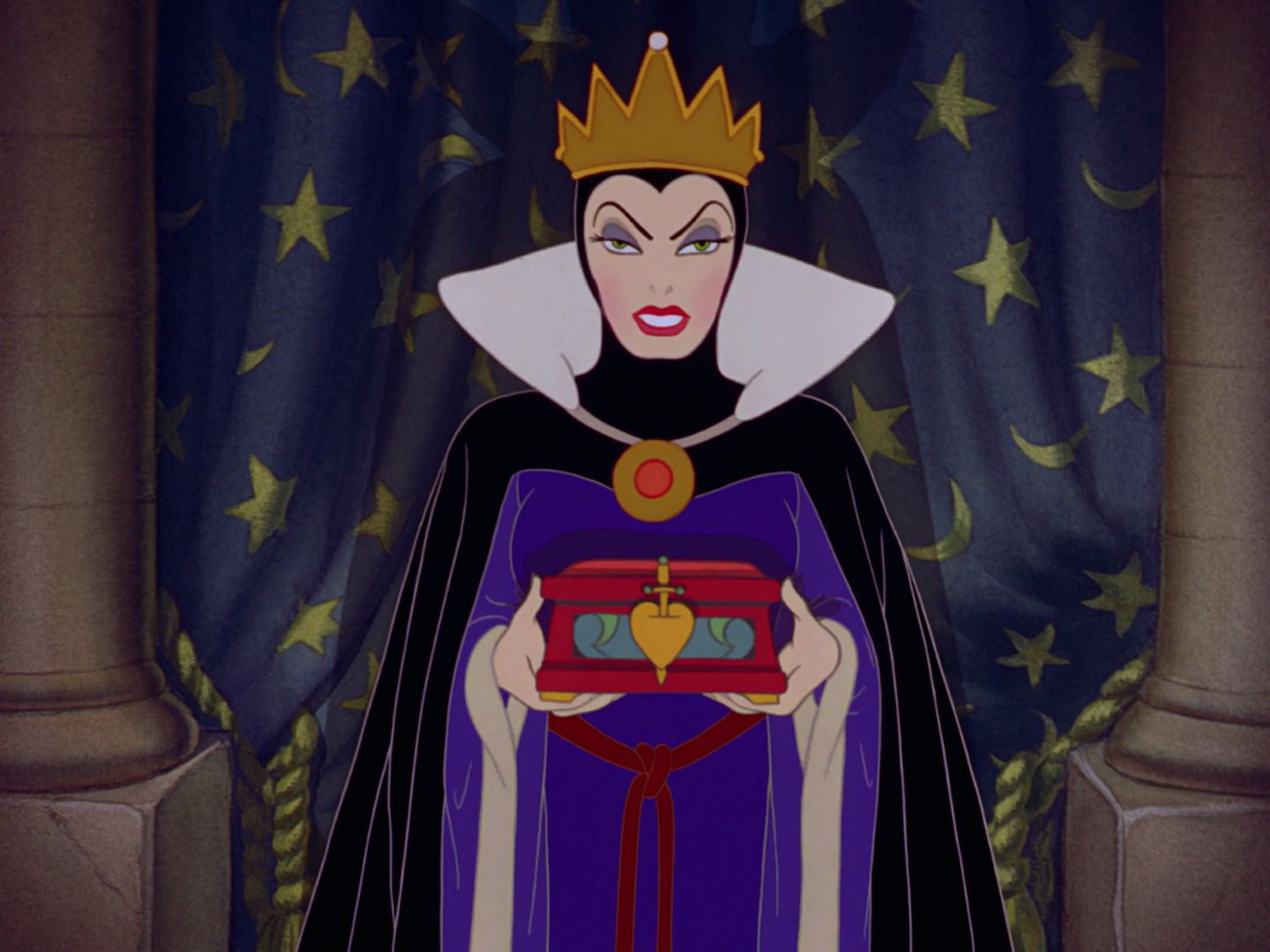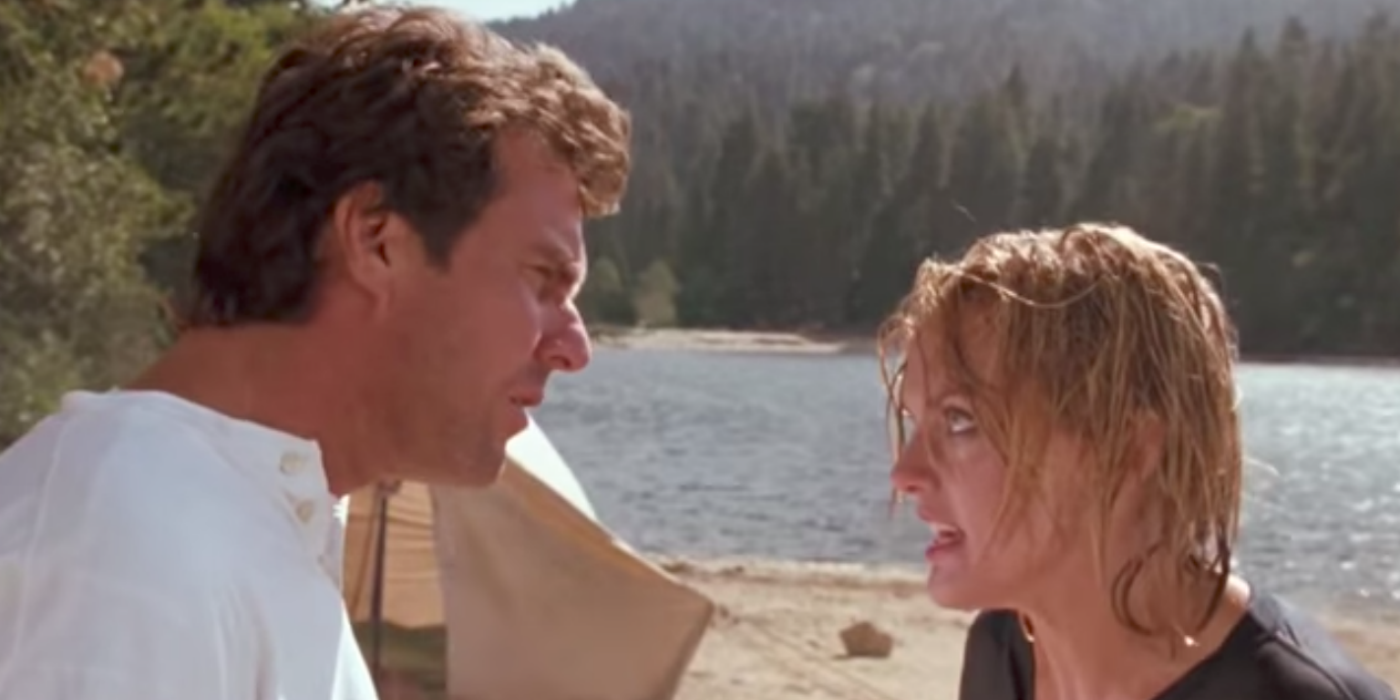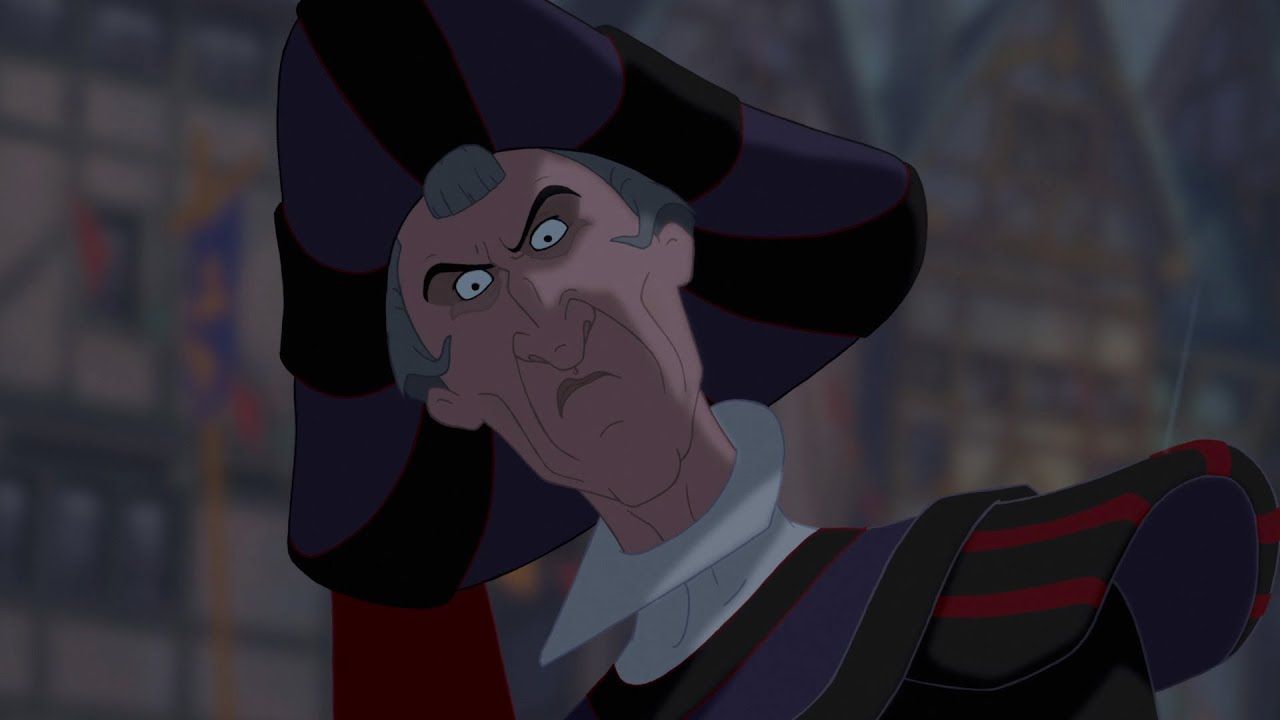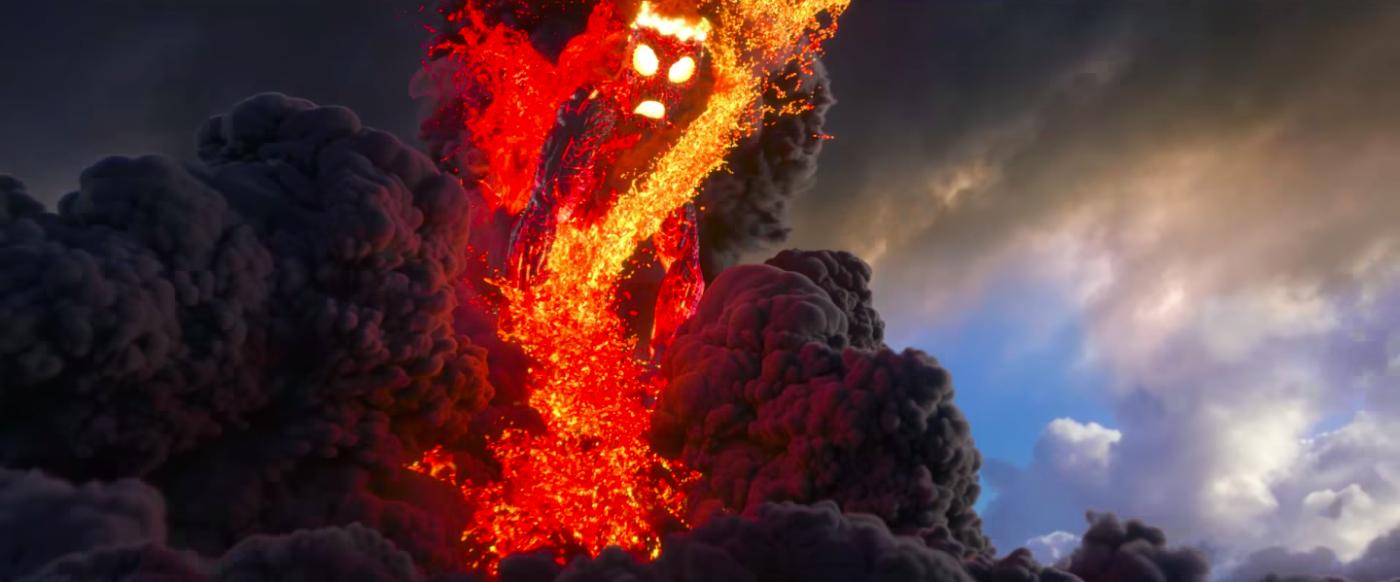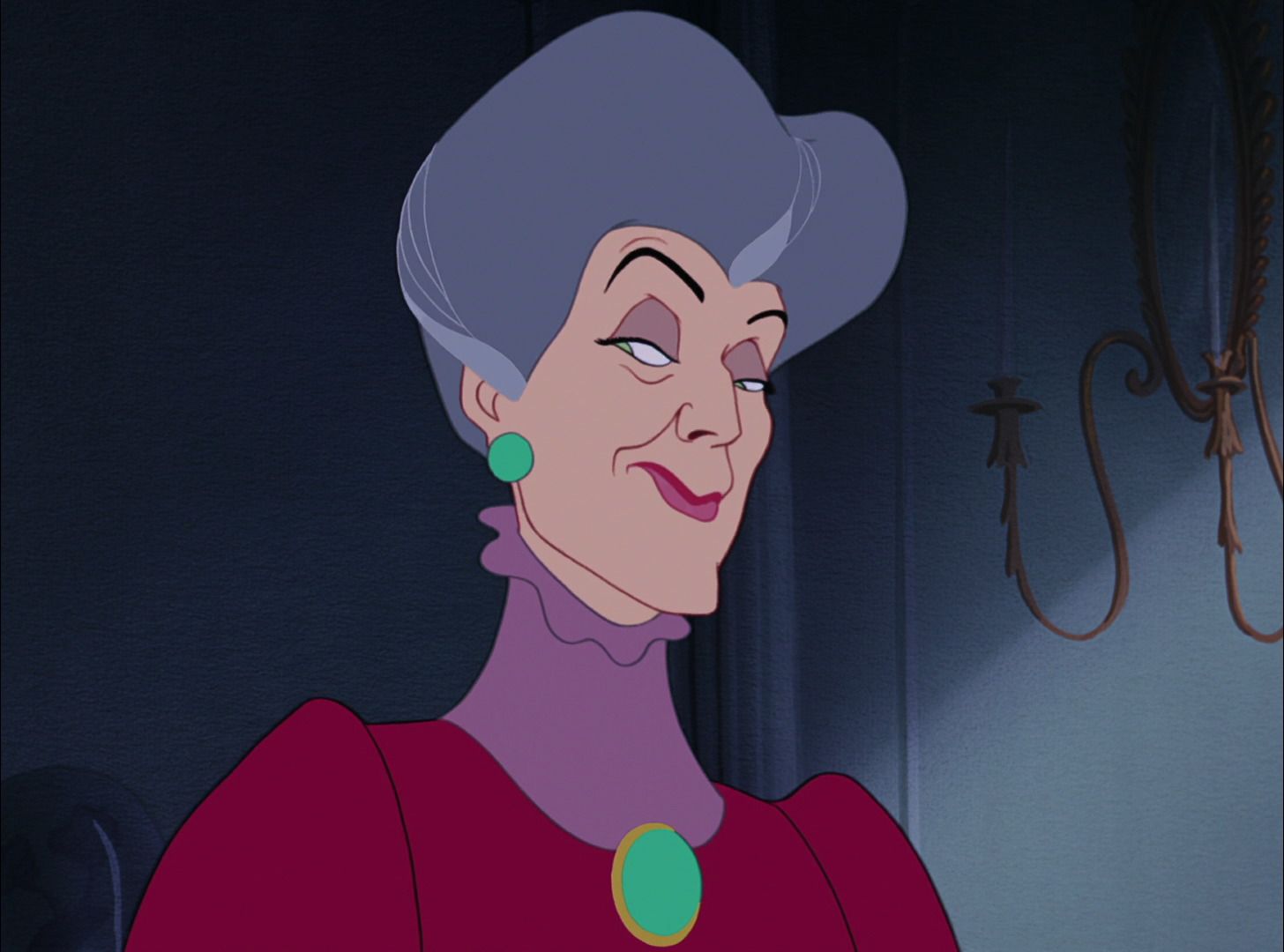Ever since Walt Disney solidified what would become his studio's formula for feature films when he released Snow White and the Seven Dwarfs in 1937, Disney villains have been an integral part of the Disney brand. And why not? Often Disney villains have more personality than the princesses or the talking animals who defeat them, and stories which have a clearly delineated line between good and evil tend to resonate more with younger audiences than stories with a significant degree of moral ambiguity. Beyond that, the folks at Disney know how to tantalize young audiences with doses of horror that are small enough to awaken the curiosity of young audiences without driving them away.
It's no small feat that any tally of the greatest movie villains of all time will include at least a few from the Disney Vault. Of course, not every Disney villain is memorable. For every Judge Claude Frollo or Lady Tremaine, there are several villains with little to no place in the cultural memory like Meredith Blake or the nameless lava monster from Moana. With that in mind, we will count down 10 Villains That Ruined Disney Movies (And 10 That Actually Saved Them), including everything from the studio's animated classics to its theatrical live action films to Disney Channel Original Movies.
20 Ruined: Dr. Facilier
While The Princess and the Frog wasn't the box office smash that Disney expected or craved, it did manage to garner the most critical acclaim of any animated film that the studio had released in several years. While critics praised its diverse characters, the film's villain, Dr. Facilier, did not get much praise. It's easy to see why - he'a a bland character with little personality and no relationship to the film's protagonist, Princess Tiana.
Dr. Facilier's tenuous connection to the movie's plot is understandable, as The Princess and the Frog is based on "The Frog Prince," a Brothers Grimm tale that has no antagonist.
19 Actually Saved: Ursula
Ursula is an important villain in the Disney canon because she introduced an important trope to audiences: the Disney villain song. Her big number "Poor Unfortunate Souls," is as dramatic as it is deliciously evil. But even if she wasn't an important figure in the development of Disney villains, she would still be a great character.
The voice acting of Pat Carroll was so distinct and gave the character a campy devilishness. Her self-confidence and expressive body language caused her to leave a greater impression on some movie-goers than the film's titular mermaid. Thanks to her delightful ghoulishness, Ursula will live on in a remake, or at least through Halloween costumes.
18 Ruined: Sharpay
When Disney made High School Musical, they clearly took some inspiration from Mean Girls, another high school movie from the mid-2000's. Thus, High School Musical's main antagonist, Sharpay, comes across as Regina George toned down to play to the Disney Channel's audience. She has all the menace of a teddy bear.
For those familiar with the actress who plays Sharpay, Ashley Tisdale, through her role in The Suite Life of Zack & Cody, it's not hard to see why Sharpay fails as a character. Tisdale's strength is playing relatable girls next door, not queen bees. However, Sharpay did manage to connect with enough young girls to warrant her own movie, Sharpay's Fabulous Adventure.
17 Actually Saved: Maleficent
Speaking of Disney villains who got popular enough to star in their own movie, Maleficent remains one of the best antagonists that the studio ever created, even six decades after her debut. The character exudes menace, from her commanding voice to her ominous design to her obvious heartlessness. Other Disney villains may have done bad things, but Maleficent was the only one cold enough to put a horrible curse on a baby.
Her ruthlessness is a major reason why she became so iconic.
16 Ruined: King Stefan
If you're going to make Maleficent a hero, you're going to have to create an extremely devious villain to make her seem nice by comparison. To their credit, the creators of Maleficent did manage to make King Stefan extremely unsympathetic; he cuts off the wings of the fairy he loves, leaving her disabled and heartbroken. They just forgot to give him a personality.
Since Stefan was a noble minor character in Walt Disney's Sleeping Beauty, his reframing as a monster feels almost like character assassination. At least he won't be returning for the sequel.
15 Actually Saved: Yzma
Yzma is unique among the great Disney foes in that she doesn't have roots in literature. Rather, she was cut from the cloth of Disney's screenwriters and the over the top personality of jazz legend Eartha Kitt.
She and her bumbling henchman Kronk, are some of the funniest villains, not just in Disney history, but in the history of film itself. If you were a kid who saw this movie when it was in theaters, chances are you quoted her line "Pull the lever, Kronk...Wrong lever!" to your friends on the playground for years to come.
14 Ruined: Kristoff
Kristoff is undoubtedly the weakest of Frozen's main characters, and he's especially weak as a villain. He is only revealed to be a villain in the final act of the movie so he falls flat.
He has none of the qualities which characterize the studio's best villains - no sinister design, no song about his nefarious desires, no larger than life personality. The only positive quality that Kristoff has as a character is his deceptiveness, which ties well into one of Frozen's major themes that you shouldn't marry someone you barely know; this theme would be odd if not for the rushed nuptials of earlier Disney films.
13 Actually Saved: Hades
Hercules is one of the lesser films of the Disney Renaissance - the plot is undercooked, the title character lacks personality, and the music is (mostly) bland. The film's main saving grace is James Woods' hilarious performance as Hades, the god of the underworld.
When adapting Greek mythology into a film, the writers at Disney originally envisioned their version of Hades as a grim slow moving villain. Woods' audition, where he played Hades as a used car salesman with a Brooklyn accent, convinced the studio to completely change the character, leading to one of the great cinematic bad guys and the only reason why Hercules is watchable.
12 Ruined: Mother Gothel
From Ursula to Maleficent to the Evil Queen from Snow White and the Seven Dwarfs to the Sanderson sisters from Hocus Pocus, Disney sure loves witches. When adapting "Rapunzel" for the screen, however, Disney Animation made the curious decision to take the witch from the fairytale and remove her magical powers. The result is an antagonist who is barely threatening.
Like Hades, Mother Gothel is supposed to be funny, but aside from her assertion that the extremely thin Rapunzel is "getting kinda chubby," none of her jokes land. Her villain song "Mother Knows Best" is the least effective villain song ever written by musical maestro Alan Menken, who did not bring his A game to Tangled.
11 Actually Saved: Captain Hook
The concept of Captain Hook is pretty ridiculous. He's a grown man who can't seem to triumph over a flying twelve year old. Walt Disney was clearly aware of this and made his version of J. M. Barrie's character less like Maleficent and more of a foppish member of The Three Stooges. His take on the pirate was fun and sympathetically buffoonish, so Walt decided not to have him meet a difficult end, but instead allowed him to survive until the end of the picture until the alligator scene.
Walt's instincts proved to be correct, and the character of Captain Hook became a pop culture icon.
10 Ruined: The Wicked Witch of the West
Margaret Hamilton's performance as the Wicked Witch of the West in The Wizard of Oz is one of the greatest villain performances in cinema. Mila Kunis' performance as the same character in Disney's Oz the Great and Powerful stands as one of the worst villain performances ever. Say what you want about Oz the Great and Powerful, it at least provided audiences with an interesting contrast. While Kunis has proven her acting talent in other roles, here she spends much of the movie screeching like a banshee for no apparent reason.
Why anyone thought that Kunis was a good choice to play a Disney villain - a task that requires a heavy dose of camp (usually) - is beyond nonsensical.
9 Actually Saved: Queen of Hearts
While Helena Bonham Carter's performance as the Queen of Hearts in Tim Burton's Alice in Wonderland was memorably juvenile, Verna Felton captured Lewis Carroll's character better than any other actress has. Felton's Queen is, at various points, a tyrant, a petulant child, and a charming smooth-talker.
Felton and Disney's animators found both humor and horror in the idea of someone with a childish temperament who tries to hide it behind a façade of adult sophistication being given a large amount of power. The fact that Disney's Queen of Hearts is more like a five year old brat than an evil adult makes her more chaotic and, therefore, more threatening than many Disney villains who are more mature.
8 Ruined: Dawn
Dawn is the weakest link in a weak film. For most of Zootopia, Dawn rarely makes appearances except to nervously assist her boss, the mayor of the titular city. In the film's third act, she is revealed to be the puppet-master behind a scheme to get Zootopia's animal factions to turn on each other. She's not menacing at all - how could she be?
She gets so little screen time that she's less of a character and more of a plot device. Dawn is the most egregious example of a recent trend where Disney's villains' villainy is only revealed in the film's third act, making them feel more like Scooby Doo antagonists than any characters created by Uncle Walt.
7 Actually Saved: Scar
As many already know, The Lion King is a very loose adaptation of William Shakespeare's Hamlet. While The Lion King's villain Scar is significantly different from the Hamlet character that he is based on, the conflicted King Claudius, Oscar-winner Jeremy Irons does imbue the duplicitous lion with a delicious theatricality worthy of the Globe Theatre.
His performance is pitched right between the very British dignity of Sir Lawrence Olivier and the very British camp of Tim Curry, a difficult tight rope to walk but Irons makes it to the other side of the rope. It's a vocal performance that perfectly fits in with a film which is at times operatic and at times goofy.
6 Ruined: Governor Ratcliffe
Between 1988 and 1994, Disney released five of its most acclaimed films in rapid succession: Who Framed Roger Rabbit?, The Little Mermaid, Beauty and the Beast, Aladdin and The Lion King. Not only were these themes loved, each film made more money than the last. This trend ended with Pocahontas, a financial disappointment which garnered middling reviews and a polarized response to its portrayal of Native American culture and early American history. While this can't all be pinned on the film's underwhelming villain Governor Ratcliffe, he certainly didn't help.
Ratcliffe never at any point interacts with the film's central character so he never creates the emotional friction that Scar or Ursula do, and his motivation - greed - is as weak as they come.
5 Actually Saved: Evil Queen
Even eighty years after she first frightened and mesmerized children across the world, the Evil Queen from Snow White and the Seven Dwarfs is the gold standard by which all subsequent Disney villains must be measured. She's cold, calculating and heartless, with a regal elegance that makes her impossible to look away from. She's a perfect foil to the fairest of them all.
While Snow White is the beauty and femininity of the girl next door, the Evil Queen has the beauty of a grown woman and the monstrous femininity of Lady Macbeth, a beauty that becomes one of the grand ironies of the cinema when she willingly transforms herself into a hag.
4 Ruined: Meredith Blake
Only the most dedicated Disney fans will ever know who this character is and with good reason. Meredith Blake, the mean wannabe step-mother from the 1998 film The Parent Trap, starring Lindsay Lohan, is a pointless antagonist. Her subplot only exists to pad out the film's run time.
At one point in the film, one of Lohan's characters compares Meredith to Cruella DeVil. This comparison serves as free advertising for both of Disney's film versions of 101 Dalmatians, but it also makes one wish that The Parent Trap had an antagonist as crazed and unique as Cruella. There's a reason why The Parent Trap made Lohan a star but didn't do the same for the actress who played Meredith.
3 Actually Saved: Claude Frollo
Coming from a studio known for their family friendly delights, The Hunchback of Notre Dame stands out for being very dark and tackling adult themes. While Hunchback as a whole has garnered a mix of condemnation and praise over the years, mostly thanks to its wildly fluid tone, one aspect of the movie that everyone seems to love is its antagonist, Judge Claude Frollo.
Played by Tony Jay, who blended his unforgettable bass voice to the character in what he called his "bid of immortality", Frollo is a man so driven to be righteous that he becomes a monstrous tyrant in the process.
2 Ruined: Lava Monster
The lava monster from Moana doesn't speak. That shouldn't be a problem. The title character from Walt Disney's Dumbo didn't say a single word, but audiences still got a sense of who he was as a person, or rather an elephant. The lava monster gets very little screen time so he is unable to emerge as a personality.
Like Dawn, another CGI Disney villain introduced in 2016, the lava monster's purpose in the story hinges on a plot twist and such villain twists are so common in 21st century Disney movies that they barely qualify as twists anymore. Moana might have been stronger if its plot was rearranged so that Tamatoa, the charismatic crab monster from the film, was instead the movie's primary antagonist.
1 Actually Saved: Lady Tremaine
While Lady Tremaine lacks the magical powers that other Disney villains have, she is possibly the most sadistic of all her fictional peers. She doesn't come in conflict with Cinderella for a short while, the way that Yzma briefly tries to eliminate Kuzco. Day in and day out for decades, Lady Tremaine tries to ruin Cinderella's life by using her as an unpaid servant and she nearly destroys Cinderella's only attempt to better her own life.
The fact the her antipathy for Cinderella is completely unprovoked makes her all the more odious, and makes Cinderella's ultimate triumph all the more satisfying.

